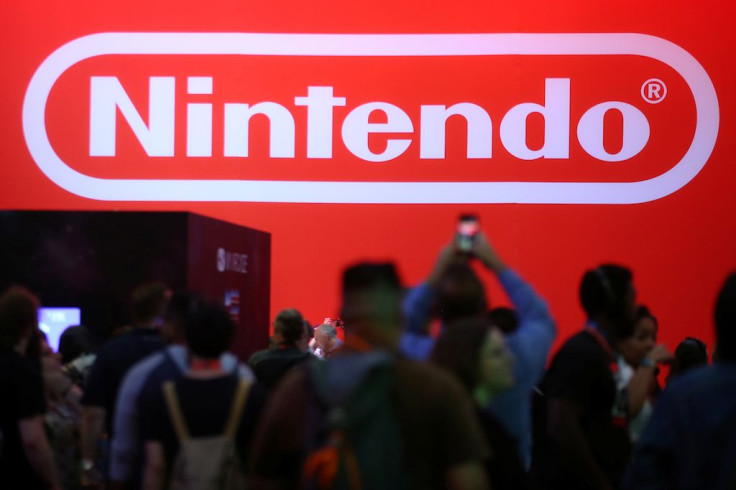Nintendo Games On YouTube: Creators Program Changes Guidelines For Live Streaming

Nintendo is strict when it comes to protecting its intellectual property and YouTube gamers are only allowed play games if they’re part of the Nintendo Creators Program. Now, it looks like Nintendo has banned live streaming of any of its games saying that it’s no longer covered under its video partnership.
For the uninitiated, the Nintendo Creators Program is the gaming firm's own video partnership program for YouTube gamers that post Let’s Play videos. It’s Nintendo’s way of getting ad revenue from YouTube for any videos featuring its games and the company will share a part of that revenue with the original video creator.
A screenshot of an email began circulating in the NeoGAF forums late Thursday evening. The email appears to have been sent out by Nintendo warning users that live streaming its games is no longer allowed under the Nintendo Creators Program.
“We have updated the Nintendo Creators Program User Guide with information on how revenue generated during live stream broadcasts on YouTube will be handled in the Nintendo Creators Program,” the email said.
“Live streaming on YouTube falls outside the scope of the Nintendo Creators program. This means that you cannot broadcast on YouTube Live from the account you have registered to the Nintendo Creators Program.”
USGamer was able to independently verify the email and also discovered that Nintendo has already changed the guidelines for the program on its official website. Nintendo has added the new rules and clearly states the stipulations on how YouTubers are able to continue live streaming Nintendo games.
“If you plan to broadcast content on YouTube Live, you have a couple of options. First, you can broadcast content on YouTube Live from a channel that is not registered to the Nintendo Creators Program,” the company’s new rule states.
“Or, you can cancel your channel's registration to the Nintendo Creators Program and instead, register your videos containing Nintendo’s IP to the program separately. Videos which had previously been registered through your channel would need to be reregistered individually.”
If a user live streams Nintendo game and they’re not part of the Creators Program, the user won’t be able to receive any of the ad revenue generated by the video. It’s possible for video creators to independently submit previously live streamed videos to Nintendo for review, but that brings up a few problems.
Video creators could set up a separate YouTube channel that’s registered to the program and let it be a dedicated place for live streaming Nintendo games. The problem with this is that video creators would have to submit those live streamed videos individually to Nintendo for review and they would have to regain their followers and subscribers all over again.
Another issue here is the amount of ad revenue share creators are able to get. If a video creator who’s not part of the Creators Program submits individual videos to Nintendo to review, their share of the ad revenue would only be 60 percent, which is 10 percent less than what they could get if they have their YouTube channel registered to the program.
Nintendo has not provided any additional information on why it changed its rules on live streaming its games on YouTube. It’s being speculated that this might have been Nintendo’s response to the recent controversy involving Felix Kjellberg (PewDiePie), as pointed out by Game Rant. Kjellberg was under fire earlier this month after being caught using a racial slur during one of his live streams.
It’s possible that Nintendo is trying to avoid a similar situation that could involve one of its games. However, it’s also understandable that plenty of video creators are going to be frustrated about this change, especially those who run YouTube channels dedicated to Nintendo games.
For now, its seems as though the best way to move forward for creators is simply not to live stream any Nintendo games if they want to continue earning the same share of ad revenue.
© Copyright IBTimes 2025. All rights reserved.




















